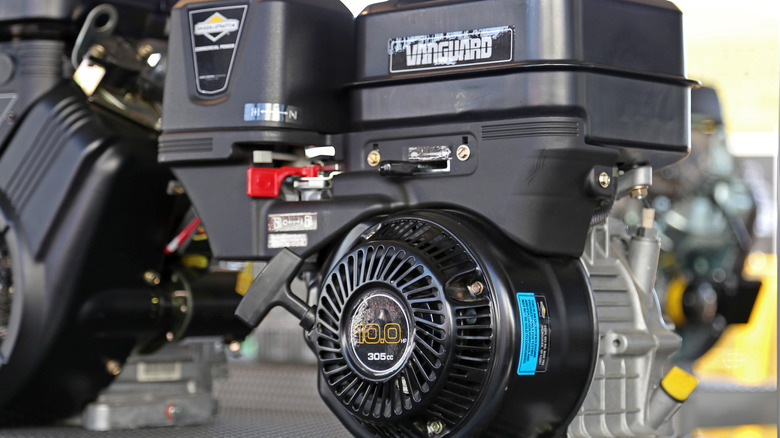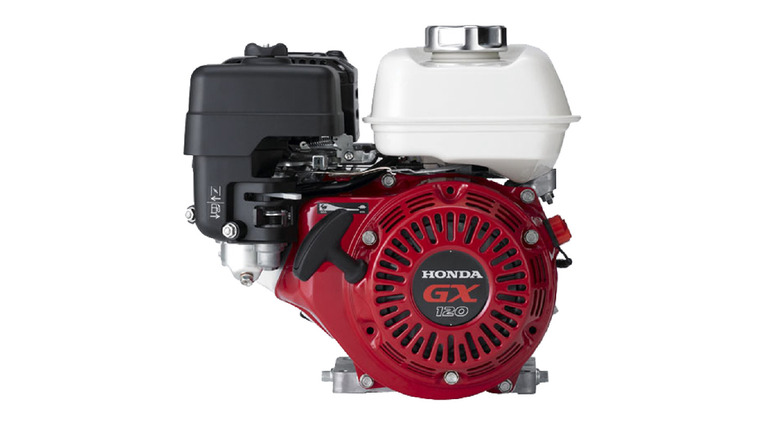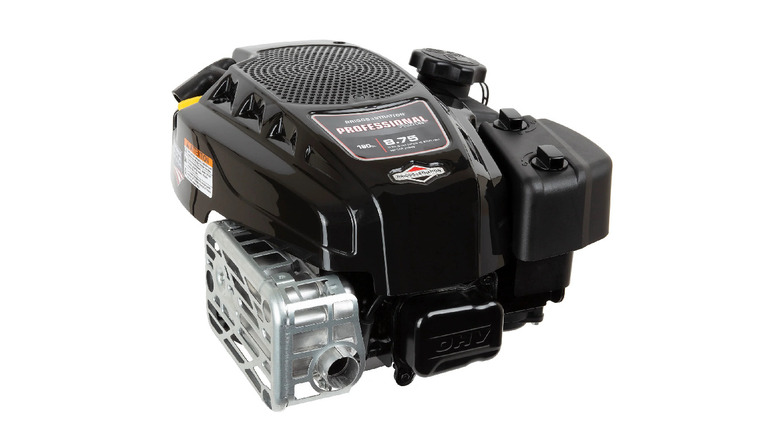Vertical Vs. Horizontal Shaft Engines: What's The Difference?
If you use tools like riding lawn mowers and pressure washers on a frequent basis, you may find yourself in the market for a new engine if it has broken down to the point of no repair. Depending on which engine you select as a replacement, it could cost you a good deal of money, so making sure you have an engine you will be satisfied with is paramount. Of course, you could always just get the same model of engine you had before, but if you want to explore the engine options out there, the first step is figuring out the specific design required for your piece of equipment.
Just as car engines have flat-plane and cross-plane crankshafts like the Ford Voodoo and Coyote engines, respectively, there are also two types of smaller engines: horizontal and vertical shaft. We are going to break down the differences between these two engines, including the design and what each one does better or worse than the other.
An important note about horizontal and vertical shaft engines is that they are not entirely interchangeable. There are some tools that allow you to use one or the other, but that is not necessarily a given. Make sure to look into your particular tool to see if you have the optionality of both engine types.
What is a horizontal shaft engine?
As you might have expected, horizontal shaft engines get their name from their cylinders being positioned parallel, or horizontal, to the ground. This design allows the power output of the engine to be remarkably efficient, and over the years, it has become a widespread choice for many tool manufacturers to power their equipment. If you are looking at an engine for a pressure washer, air compressor, generator, or water pump, chances are the one you get is a horizontal shaft engine.
There are several reasons as to why this has become the popular choice. One of them is rather simple, and that is space. Horizontal shaft engines tend to be more compact without sacrificing power, which lets them fit into a variety of different tools and equipment easier than their vertical shaft counterparts. These engines also have a lower center of gravity, which gives them greater stability when in operation. The major drawback to a horizontal shaft engine is that you will probably be dealing with more frequent oil changes and increased wear and tear, but the design makes for easy access for general maintenance.
Their widespread usage also means there are more in the marketplace, so they are usually friendlier to your wallet. For instance, Harbor Freight offers around a dozen horizontal shaft engines, including a 212cc engine for $149.99. Meanwhile, it offers just one vertical shaft engine that is only 173cc for $229.99.
What is a vertical shaft engine?
If a horizontal shaft engine arranges its cylinders parallel to the ground, then it only makes sense that a vertical shaft engine has the crankshaft and cylinders perpendicular to the ground. In terms of design, these engines will probably be far more familiar to people because many automobiles use this kind of orientation. When it comes to power tools and equipment, the usage of a vertical shaft engine is far more specialized, and typically, the only place you will find them is in riding lawn mowers, though some push mowers and other tools use them too. Because of the vertical crankshaft, this engine can easily connect with the driving mower deck with a belt, and in this configuration, it can deliver power more directly.
One place that the vertical shaft engine outshines the horizontal shaft engine is in how it uses oil. Gravity naturally lets oil fall rather than spread, so it is a lot easier to circulate oil with a vertical direction. Beyond that, the vertical shaft engines tend to fall behind — if only sometimes marginally. Vertical shaft engines can cost quite a bit more; for instance, Grainger sells the Honda GX160 — a horizontal shaft engine — for $511.53. Meanwhile, the Honda GXV160, which is essentially just a vertical shaft version of the exact same engine, costs $754.16 from the same retailer.
Ultimately, the piece of equipment you have will determine whether you need a horizontal or vertical shaft engine.


